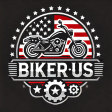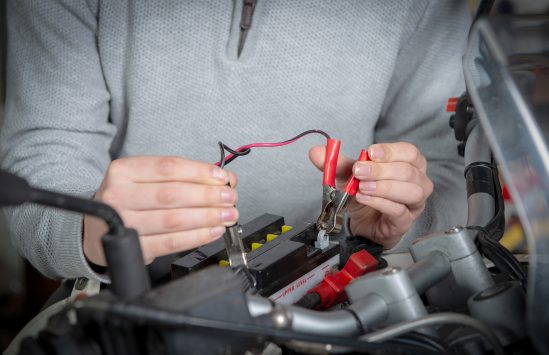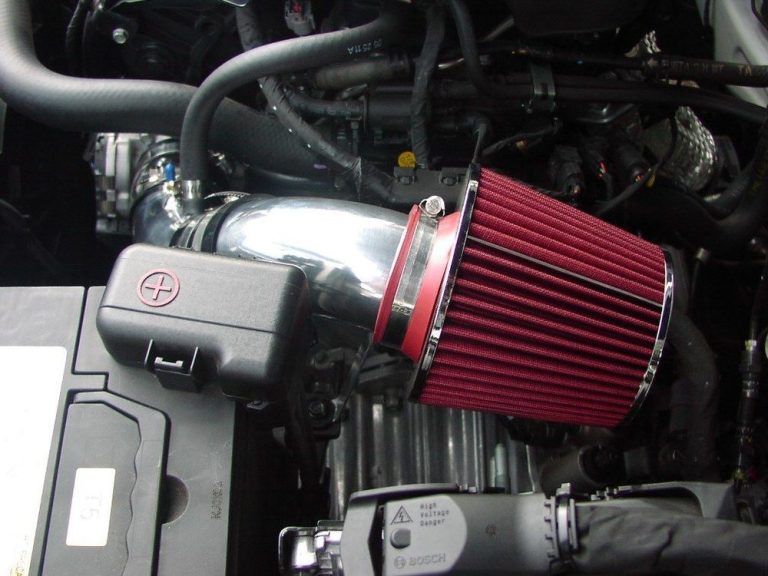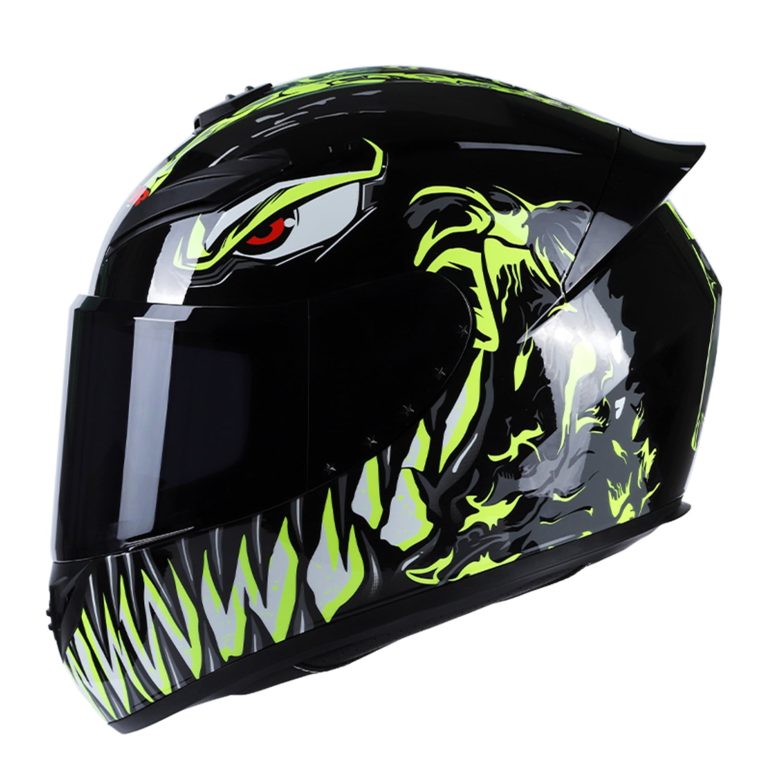Understanding Motorcycle Chain and Sprocket Maintenance
Introduction: The Role of the Chain and Sprocket
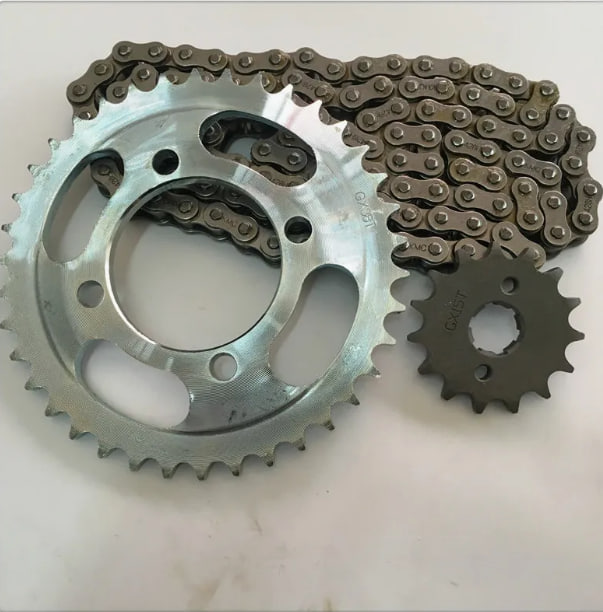
The chain and sprocket are vital components of your motorcycle’s drivetrain, responsible for transferring power from the engine to the rear wheel. Proper maintenance of these components ensures smooth operation, better performance, and extended lifespan. Neglecting chain and sprocket care can lead to premature wear, reduced fuel efficiency, and even safety issues. This guide explores essential tips and practices for keeping your motorcycle’s drivetrain in top shape.
1. The Basics of the Motorcycle Chain and Sprocket System
a. Motorcycle Chain Types

Chains come in various types, each suited to specific riding styles and conditions:
- Standard Chains: Simple, low-cost chains typically used on small or lightweight bikes. They require frequent lubrication and adjustment.
- O-Ring Chains: Feature rubber O-rings between the links, retaining lubrication and reducing wear. Commonly found on street and touring bikes.
- X-Ring Chains: An advanced version of O-ring chains with better sealing, reduced friction, and longer life. Ideal for performance and off-road bikes.
Tip: Choose a chain that matches your motorcycle’s specifications and riding needs, as indicated in your owner’s manual.
b. Sprocket Types and Materials
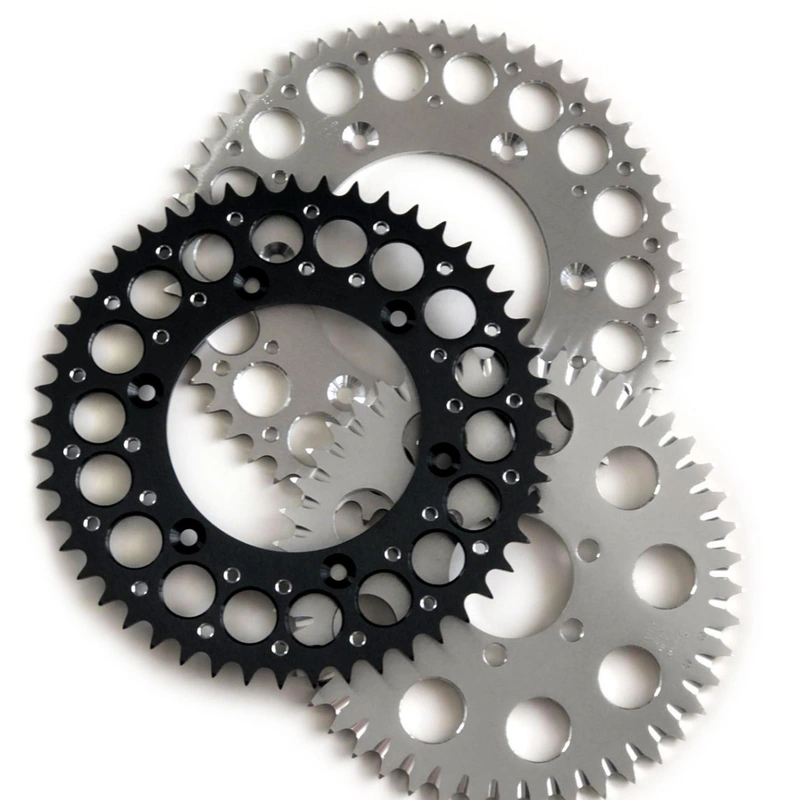
Sprockets come in various designs and materials, impacting performance and durability:
- Steel Sprockets: Durable and long-lasting, suited for touring and everyday riding.
- Aluminum Sprockets: Lightweight, making them ideal for sport bikes and racing but less durable than steel.
- Combination Sprockets: Feature a steel core with aluminum teeth, offering a balance of durability and weight savings.
Tip: Ensure the sprockets match the chain size for seamless engagement and reduced wear.
2. Why Chain and Sprocket Maintenance Matters
a. Prolongs Component Lifespan
Regular care reduces wear and tear, extending the lifespan of both the chain and sprockets. A well-maintained chain ensures consistent power delivery and prevents premature failure.
b. Enhances Performance
A clean and lubricated chain reduces friction, improving fuel efficiency, acceleration, and overall ride quality.
c. Improves Safety
Proper tension and lubrication reduce the risk of chain slack, skipping, or snapping, which could lead to accidents or damage to your bike.
3. Essential Chain and Sprocket Maintenance Practices
a. Cleaning the Chain
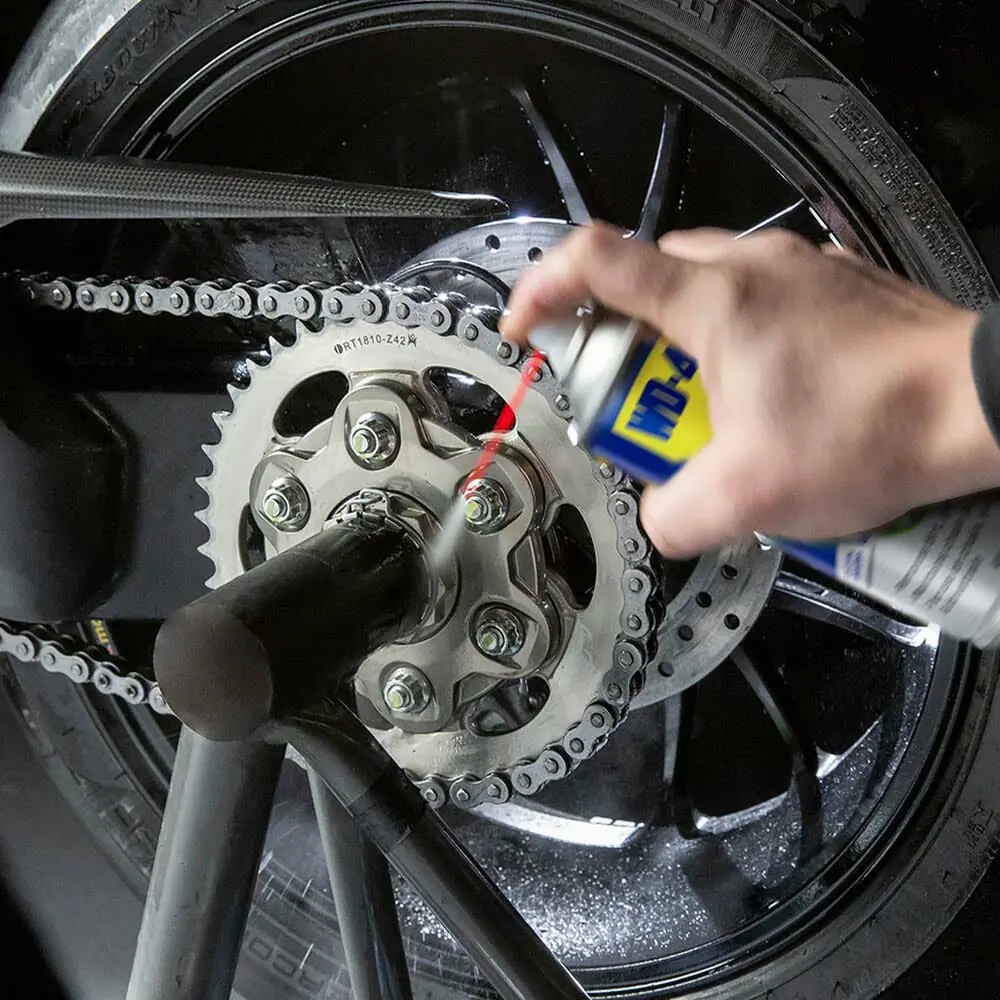
Dirt, grime, and debris can accumulate on the chain, causing wear and reducing efficiency. Regular cleaning is crucial.
- Steps to Clean:
- Use a motorcycle-specific chain cleaner or a mild degreaser.
- Apply the cleaner and scrub gently using a chain cleaning brush or a soft bristle brush.
- Wipe off the residue with a clean cloth and let it dry.
Tip: Avoid using harsh chemicals or a pressure washer, as they can damage O-rings or X-rings.
b. Lubricating the Chain
Lubrication reduces friction between the chain links and sprockets, preventing wear and corrosion.
- How to Lubricate:
- Apply chain lube evenly to the inner side of the chain while rotating the rear wheel.
- Let the lube sit for a few minutes, allowing it to penetrate the links.
- Wipe off excess lube to prevent dirt buildup.
Tip: Use a high-quality chain lube designed for your chain type, and apply lubrication after every 300-500 miles or after riding in wet or dusty conditions.
c. Checking Chain Tension
Incorrect chain tension can cause uneven wear, reduced performance, and safety hazards.
- Steps to Check:
- Refer to your owner’s manual for the recommended slack (typically 20-30mm).
- Measure the slack by gently pushing the chain up and down at the midpoint.
- Adjust the tension using the adjuster bolts on the swingarm if necessary.
Tip: Ensure the chain is not too tight, as it can strain the sprockets and bearings.
d. Inspecting the Sprockets
Regular sprocket checks help identify wear and prevent drivetrain issues.
- Signs of Wear:
- Hooked or sharp teeth
- Uneven or damaged teeth
- Excessive wear on one side of the teeth
Tip: Replace both the chain and sprockets together to ensure optimal compatibility and performance.
4. When to Replace Your Chain and Sprockets
- Chain Replacement: Replace your chain if it shows:
- Visible stretching or elongation.
- Rust or corrosion.
- Stiff or seized links.
- Sprocket Replacement: Replace sprockets when:
- Teeth appear hooked or worn.
- The chain skips or fails to engage smoothly.
Tip: A stretched chain can damage new sprockets, so always replace them as a set for best results.
5. Tools and Accessories for Chain and Sprocket Maintenance
Having the right tools makes maintenance easier and more effective:
- Chain Cleaning Brush: Designed to clean between the links without damaging O-rings or X-rings.
- Chain Lube and Cleaner: Essential for keeping the chain clean and lubricated.
- Tension Gauge: Helps measure chain slack accurately.
- Torque Wrench: Ensures proper tightening of the rear axle and adjuster bolts.
- Chain Breaker and Riveting Tool: Useful for replacing chains or adjusting links.
6. Tips for Long-Term Care
- Avoid Overloading: Excessive weight can strain the chain and sprockets, leading to faster wear.
- Check Alignment: Ensure the front and rear sprockets are aligned properly to prevent uneven wear.
- Inspect After Off-Road Rides: Dirt and mud can accelerate wear, so clean the chain and sprockets after off-road adventures.
- Ride Smoothly: Aggressive throttle use and hard braking can increase stress on the drivetrain.
Conclusion: Keep Your Motorcycle Running Smoothly
Proper chain and sprocket maintenance is essential for maximizing your motorcycle’s performance, safety, and longevity. By cleaning, lubricating, and inspecting these components regularly, you can prevent costly repairs and enjoy a smoother ride. Investing in the right tools and adhering to a routine maintenance schedule will ensure your drivetrain remains in top condition.
For every rider, understanding the basics of chain and sprocket care isn’t just about maintaining your bike—it’s about ensuring reliability and safety on every journey.
